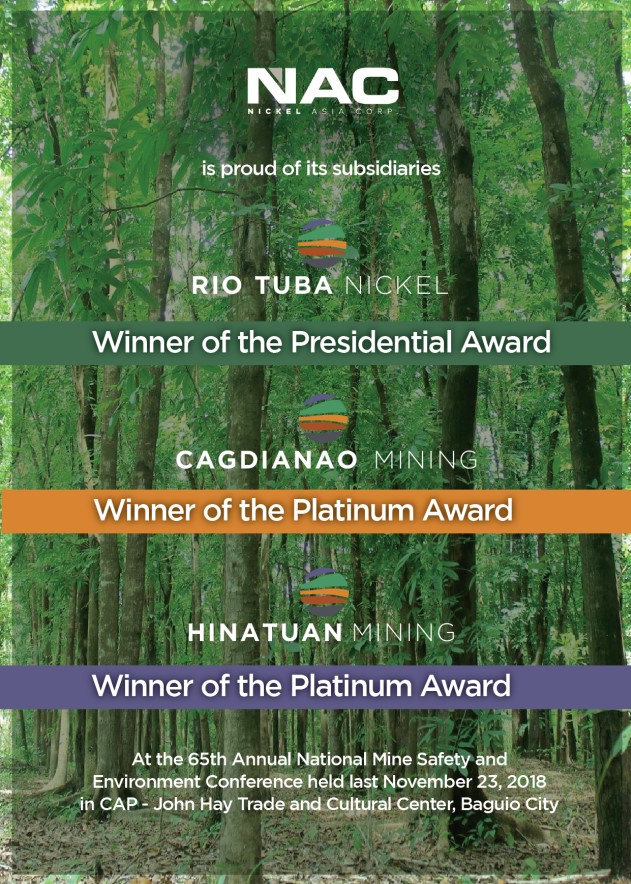The real cost of a single boom
 By Eva C. Visperas
By Eva C. Visperas
I never liked firecrackers. Not when I was a child, not when I began working as a reporter, and certainly not today. I hate them—not simply because they pose hazards to lives and properties, but because they destroy the peace of my dogs, who tremble and pace anxiously whenever they hear the sharp booms piercing the night air.
With due respect to people who believe firecrackers are essential to the New Year’s Eve celebration—meant to drive away bad spirits and usher in prosperity—we grew up with a very different lesson at home. Ours was a childhood raised by hardworking, practical, poor parents who never believed in setting money on fire.
Sayang ang pera. Madidisgrasya ang bahay. Delikado ang buhay pag masabugan ka niyan.
Those were our Papang’s annual reminders. Maybe it was partly because we were poor, but we didn’t worry about not having firecrackers. We would simply sleep through the revelry, content in knowing that we would wake up with all our fingers intact the next morning.
As a reporter, this memory hits me every year. A couple of decades ago, each January 1, I walked hospital corridors documenting firecracker injuries—burns, amputations, victims both innocent and reckless. It was a yearly reminder that what many see as a harmless celebration often ends in bloody, painful, and permanent consequences.
But this year, the reminder arrived earlier. And louder.
Last Sunday, November 16, 2025, instead of a quiet rest day, an earth-shaking explosion ripped through Barangay Tebeng in Dagupan City. Not the usual “new year” bang—this was a massive, terrifying boom that residents described as “parang bombang sumabog.”
Mayor Belen Fernandez was already rushing to the site when she messaged me to help check what was going on. Moments later, initial reports confirmed what many feared: the explosion originated from a clandestine, illegal firecracker workshop hidden inside a private compound.
One man, severely burned, later died in the hospital; four others were injured. Forty-eight houses were damaged—windows shattered, debris scattered, and families left shaken both physically and emotionally.
For what? For a business that should never have existed?
Investigators found the illegal workshop completely destroyed and burned. The fire was declared under control by 4:05 PM, and fully extinguished less than an hour later. But the emotional fire—the fear and anger—has not died down.
Mayor Belen was clear and firm in her statement: “Maliwanag po: bawal at hinding-hindi natin papayagan ang anumang patagong paggawa ng paputok na maaaring magdulot ng panganib sa komunidad.”
She emphasized that barangay captains must be the first line of defense. Their duty is not just administrative—it is protective. They must stop illegal activities within their territory, especially those that put the lives of their constituents at risk.
And she is right.
This incident in Tebeng is not just a tragic accident—it is an eye-opener. A warning. A painful reminder that vigilance is not optional; it is a responsibility shared by every official and every resident.
Barangay officials must make regular rounds, check houses and compounds, and monitor tenants or unfamiliar faces. Residents should report suspicious activities. Illegal workshops survive in secrecy—and silence only helps them grow.
Firecrackers are romanticized as tradition. But tradition should not cost lives. Tradition should not destroy homes. Tradition should not send children to hospitals, or push families into grief.
For our own good, we must stop patronizing firecrackers—illegal or otherwise.
The Tebeng explosion should be a lesson for every barangay in Dagupan and beyond. It should spark—not fireworks—but renewed vigilance. Stronger enforcement. Community cooperation. Accountability.
No one should die because a secret factory exploded next door.
No mother should panic because her child was hit by debris.
No father should worry because his workplace collapsed from the blast.
No family should spend Christmas repairing windows shattered by someone else’s illegal business.
The real danger isn’t in welcoming the New Year without firecrackers.
The real danger is insisting on a tradition that can—and did—kill.
Let Tebeng be the last.






